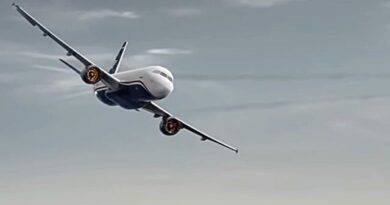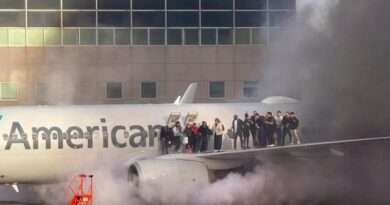The Tragic Story of Saudia Flight 163: A Turning Point in Aviation Safety
On August 19, 1980, Saudia Flight 163, a scheduled passenger flight from Karachi, Pakistan, to Jeddah, Saudi Arabia, with a stopover in Riyadh, faced a tragic fate. The Lockheed L-1011 TriStar aircraft, registration HZ-AHK, became the center of one of the deadliest aviation incidents in history. This incident not only shocked the world but also led to significant changes in aviation safety regulations.
Flight Details and Crew
Saudia Flight 163 departed from Karachi, carrying 287 passengers and 14 crew members. The crew consisted of highly experienced individuals, including Captain Mohammed Ali Khowyter, First Officer Sami Abdullah M. Hasanain, and Flight Engineer Bradley Curtis.
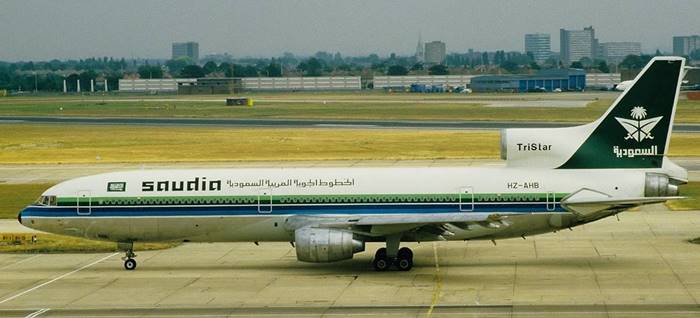
The Onset of Disaster
After arriving in Riyadh at 19:06 local time (16:06 UTC) for a scheduled stopover, the aircraft took off again for Jeddah at 21:08 local time (18:08 UTC). Shortly after takeoff, at approximately 21:14 local time (18:14 UTC), smoke alarms in the cargo hold alerted the crew to a potential fire. The presence of smoke soon became undeniable, prompting the captain to declare an emergency and request an immediate return to Riyadh (Wikipedia) (Aviation Safety Network).
Emergency Landing in Riyadh
The aircraft made a successful emergency landing at Riyadh’s King Khalid International Airport at 21:36 local time (18:36 UTC). Despite the safe landing, the real tragedy unfolded on the ground. The crew did not immediately evacuate the passengers, leading to a critical delay. The aircraft came to a complete stop at 21:39 local time (18:39 UTC), but the engines were not shut down until 21:42 local time (18:42 UTC) (Wikipedia) (Cockpit Voice Recorder Database).
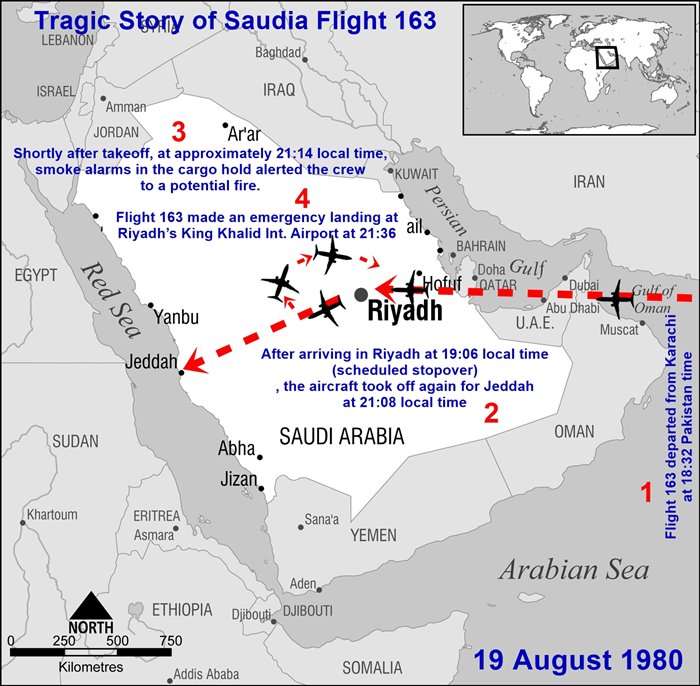
Delayed Evacuation and Fatal Mistakes
Miscommunication and procedural errors contributed to the delayed evacuation. The flight crew’s decision to keep the engines running, combined with the ground crew’s initial hesitance to open the doors, resulted in a catastrophic situation. Passengers and crew members were unable to escape, and all 301 individuals on board succumbed to smoke inhalation before the doors could be opened at 22:05 local time (19:05 UTC) (Wikipedia) (Aviation Safety Network).
Investigation and Findings
The investigation, led by the Saudi Arabian General Authority of Civil Aviation, revealed several critical factors that contributed to the disaster. Key findings included:
- The crew’s lack of awareness of the fire’s severity.
- Delays in initiating an emergency evacuation.
- Inadequate emergency response procedures and training.
- Insufficient fire suppression systems on the aircraft (Wikipedia) (Cockpit Voice Recorder Database).
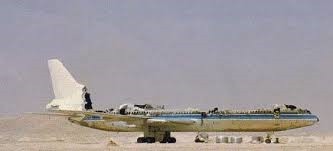
Changes in Aviation Safety Regulations
The Saudia Flight 163 incident prompted a reevaluation of aviation safety protocols worldwide. Several important changes were implemented to prevent similar tragedies:
- Improved fire detection and suppression systems on aircraft.
- Enhanced crew training for emergency situations.
- Revised procedures for immediate evacuation in the event of a fire.
- Better communication protocols between flight and ground crews during emergencies (Wikipedia) (Aviation Safety Network).
Legacy of Saudia Flight 163
The tragic loss of 301 lives on Saudia Flight 163 remains a somber reminder of the importance of stringent safety measures in aviation. The incident underscored the need for quick and decisive action in emergency situations and highlighted the critical role of effective communication and training for flight crews (Wikipedia) (Aviation Safety Network).
Conclusion
Saudia Flight 163 is a key event in aviation safety history. Lessons from this disaster have shaped modern aviation protocols. These changes aim to prevent similar tragedies. The incident underscores the need for quick, decisive actions during emergencies. It highlights the importance of vigilance and preparedness in ensuring passenger safety.
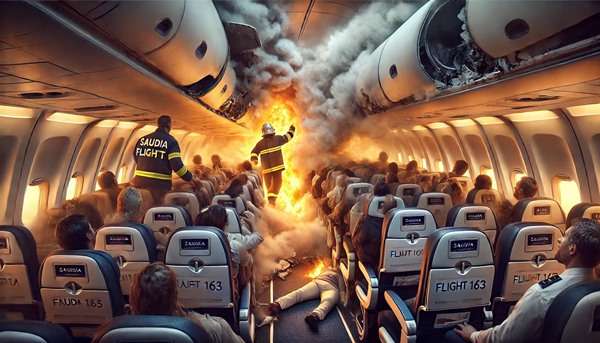
generated with AI

